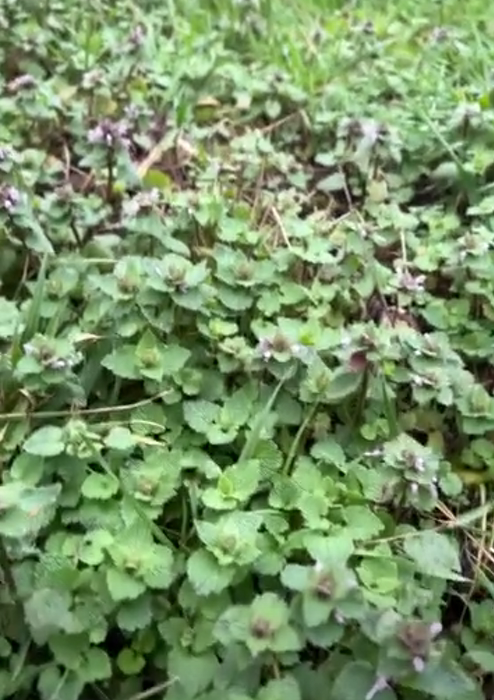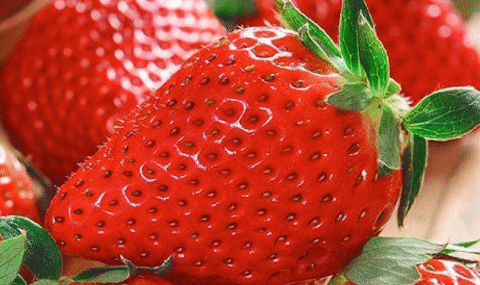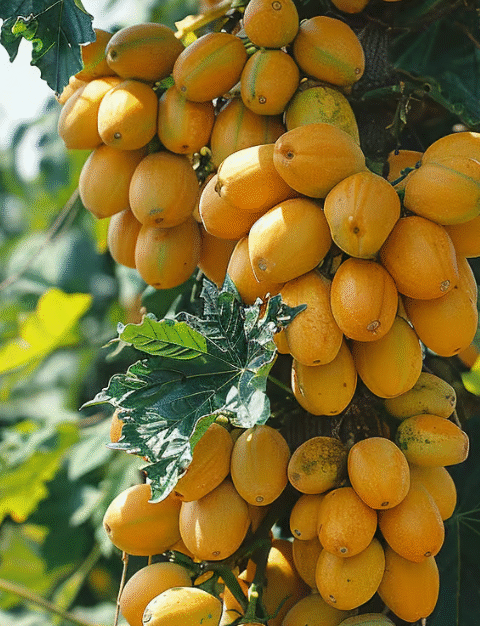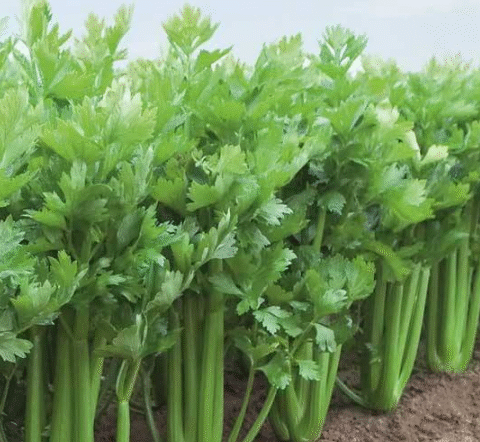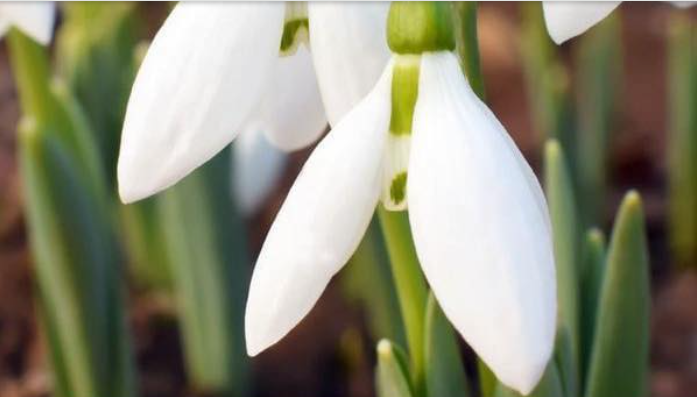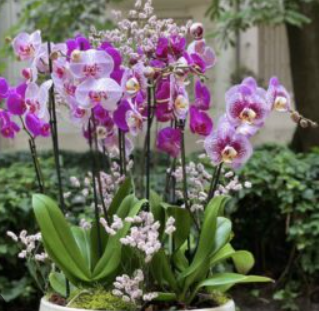Purple Deadnettle (Lamium purpureum): Benefits, Uses & How to Make Tea 🌿☕
Often dismissed as a weed, Purple Deadnettle (Lamium purpureum) is actually a medicinal herb full of health-boosting properties. This sting-free member of the mint family has long been used in folk medicine across Europe and Asia—and it’s now spreading its natural magic in North America. From soothing teas to healing poultices, this guide reveals why Purple Deadnettle deserves a place in your herbal arsenal. 💜
🌸 What Is Purple Deadnettle?
Purple Deadnettle is an early-blooming annual with fuzzy, heart-shaped leaves, square stems, and striking purple tops. Despite its name, it doesn’t sting—“dead” refers to its inactive, stingless nature. It provides early nectar for pollinators and grows abundantly in gardens, meadows, and even sidewalk cracks.
🌿 Health Benefits of Purple Deadnettle
1. Anti-Inflammatory Properties
Thanks to its flavonoids and polyphenols, Purple Deadnettle reduces inflammation in joints, muscles, and skin. It’s often used to relieve menstrual discomfort and arthritic pain.
2. Immune System Support
Rich in vitamin C, iron, and antioxidants, this plant helps bolster the immune system. It also contains quercetin, a natural antihistamine that’s great for allergy support.
3. Wound Healing and Antibacterial Action
Crushed leaves have been used for centuries to treat scrapes, insect bites, and small cuts. Its astringent and antibacterial properties aid healing and reduce the risk of infection.
4. Digestive Aid
Purple Deadnettle tea can help soothe indigestion, bloating, and mild cramping. It has gentle laxative and anti-spasmodic effects on the digestive tract.
5. Detox and Diuretic Effects
The plant promotes natural detoxification by supporting kidney function and flushing out toxins through increased urination.
☕ How to Make Purple Deadnettle Tea
Ingredients:
- 1 tablespoon dried Purple Deadnettle (or a small handful of fresh leaves)
- 1 cup boiling water
- Optional: lemon, honey, or mint for flavor
Instructions:
- Harvest Carefully: Pick from clean, pesticide-free areas. Avoid roadsides.
- Rinse & Dry: Wash the leaves thoroughly. Dry using a dehydrator or by hanging in a cool, dark place.
- Steep: Place the leaves in a cup or teapot. Pour hot water over them.
- Cover & Wait: Steep for 10–15 minutes to extract the medicinal properties.
- Strain & Enjoy: Strain the tea, sweeten if desired, and sip slowly.
🍴 Other Ways to Use Purple Deadnettle
- Salads & Smoothies: Add young, tender leaves to spring salads or green smoothies.
- Poultices: Crush fresh leaves and apply to skin irritations or wounds.
- Tinctures & Infusions: Make concentrated extracts for long-term health support.
- In the Garden: Leave a patch growing—it’s a favorite among early pollinators like bees.
🧪 Nutritional & Medicinal Benefits Table
| Component | Benefit | Usage |
|---|---|---|
| Vitamin C | Boosts immunity | Tea, smoothies |
| Iron | Supports red blood cell production | Tea, tinctures |
| Flavonoids | Anti-inflammatory and antioxidant | Tea, poultices |
| Quercetin | Natural antihistamine | Tea, tinctures |
| Astringent tannins | Wound healing | Topical poultices |
⚠️ Precautions
- Always positively identify the plant before use—mistaking it for similar species could be harmful.
- If you are pregnant, nursing, or allergic to mint family plants, consult a healthcare professional before use.
- Harvest sustainably—leave plenty for pollinators and future growth.
❓ Frequently Asked Questions (FAQs)
- Is Purple Deadnettle safe to eat? Yes, it’s edible and non-toxic, especially when young.
- Can I drink Purple Deadnettle tea daily? 1–2 cups a day is generally considered safe for most people.
- What does it taste like? Mild, earthy, slightly grassy with minty undertones.
- Can children use Purple Deadnettle? Yes—in small amounts and preferably as tea under adult supervision.
- Can I dry it for later use? Yes—air dry or use a dehydrator. Store in airtight containers.
- What’s the best time to harvest it? Early spring, when the leaves are young and tender.
- Does it sting like stinging nettle? No—it’s completely sting-free.
- Is it good for allergies? Yes—quercetin content may ease allergy symptoms naturally.
- Can I use it with other herbs? Yes—pairs well with lemon balm, peppermint, or chamomile in teas.
- Will it regrow if I harvest it? Yes, as long as you leave the root system intact.
🌿 Conclusion: A Healing Herb in Disguise
Purple Deadnettle is more than a weed—it’s a healing herb, a spring pollinator ally, and a gentle detoxifier. From teas to tinctures and beyond, this soft, sting-free plant offers a host of wellness benefits. So next time you see those purple-topped leaves peeking through your garden, think twice before pulling them—they might just become your next favorite herbal companion. 💜🌱
